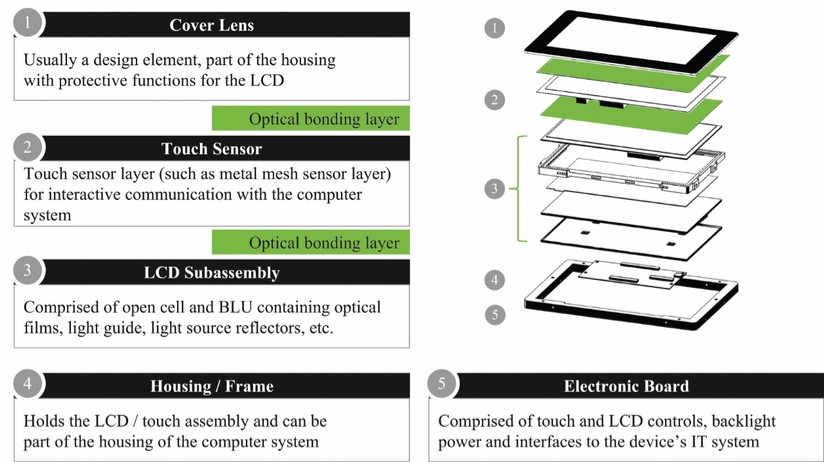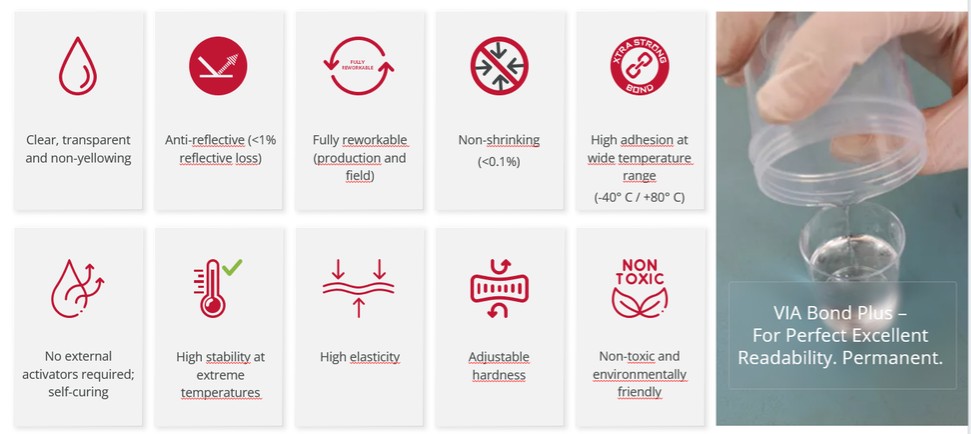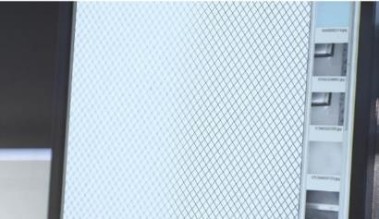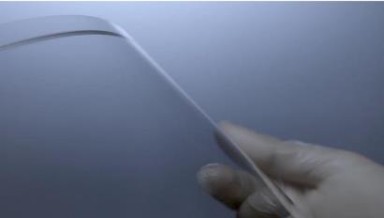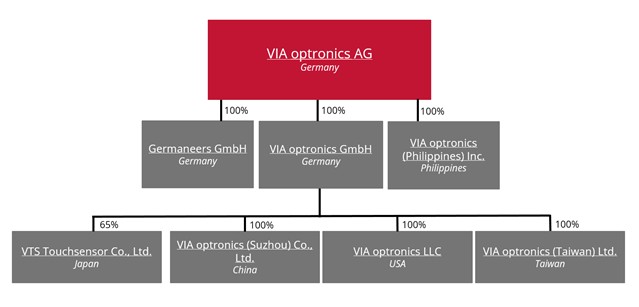Augusto Zobel de Ayala are the beneficial owner with 30.25 % of Mermac Inc. with address at 3rd Floor Makati Stock Exchange Building, Ayala Avenue, Makati City, Philippines.
(2) Based on the Schedule 13G filed by Corning Incorporated on October 7, 2020. Consists entirely of ADSs and is reflected on an as-converted basis to the underlying ordinary shares. The address of Corning Incorporated is One Riverfront Plaza, Corning, NY 14831, USA. Corning Research & Development Corporation is a wholly owned subsidiary of Corning, Inc., a publicly-listed company in the United States.
(3) Consists of 1,611,406 ADSs based on the Schedule 13G/A filed by Royce&Associates, LP on January 30, 2024 and is reflected on an as-converted basis to the underlying ordinary shares. The address of Royce & Associates, LP is 745 Fifth Avenue, New York, NY 10151 (4) Consists of 2,314,575 ADSs based on the Schedule 13G/A filed by Cannell Capital LLC and J. Carlo Cannell on February 14, 2024 and is reflected on an as-converted basis to the underlying ordinary shares. The address of Cannell Capital LLC, 245 Meriwether Circle, Alta, WY 83414 (5) Consists of 21,033 ADSs owned by Mr. Tan. The business address of Mr. Tan is c/o VIA optronics AG, Sieboldstrasse 18, 90411 Nuremberg, Germany.
(6) 640,000 of Mr. Eichner’s shares are held through the entity Jürgen Eichner Vermögensverwaltungs GmbH & Co. KG, which is controlled by Mr. Eichner. Based on the Schedule 13G/A filed by Mr. Eichner on February 14, 2022. The business address of Mr. Eichner was c/o VIA optronics AG, Sieboldstrasse 18, 90411 Nuremberg, Germany. The remaining 80,000 shares are legally owned by close family members, but held in fiduciary custody, with all voting rights reserved, by Mr. Eichner.
(7) The percentage of ownership by all members of our Supervisory and Management Boards as a group is based on 4,530,701 ordinary shares outstanding as of April 4, 2024.
Percentages of ownership are based on 4,530,701 ordinary shares outstanding as of April 4, 2024. Except as otherwise indicated, the persons named in this table have sole voting and investment power with respect to all ordinary shares shown as beneficially owned by them, subject to community property laws where applicable and to the information contained in the footnotes to this table.
As of April 4, 2024, to the best of our knowledge, all of our outstanding ADSs were held by two registered holders of record based in the United States.
As of April 4, 2024, there were six holders of record entered in our German share register. BNYM, the depositary, is the holder of record of the ordinary shares that underlie our ADSs. The number of holders of record is based exclusively upon our share register and does not address whether a share or shares may be held by the holder of record on behalf of more than one person or institution who may be deemed to be the beneficial owner of a share or shares in our Company.
F. Disclosure of a registrant’s action to recover erroneously awarded compensation
Not applicable
ITEM 7. Major Shareholders and Related Party Transactions
A. Major shareholders.
See “Item 6. Directors, Senior Management and Employees – E. Share Ownership”.
B. Related Party Transactions
Since January 1, 2018, there has not been, nor is there currently proposed, any material transaction or series of similar material transactions to which we were or are a party in which any of the members of our Supervisory Board and Management Board, executive officers, holders of more than 10 % of any class of our voting securities, or any member of the immediate family of any of the foregoing persons, had or will have a direct or indirect material interest, other than the compensation and shareholding arrangements we describe where required in “Item 6. Directors, Senior Management and Employees”, and the transactions we describe below.
